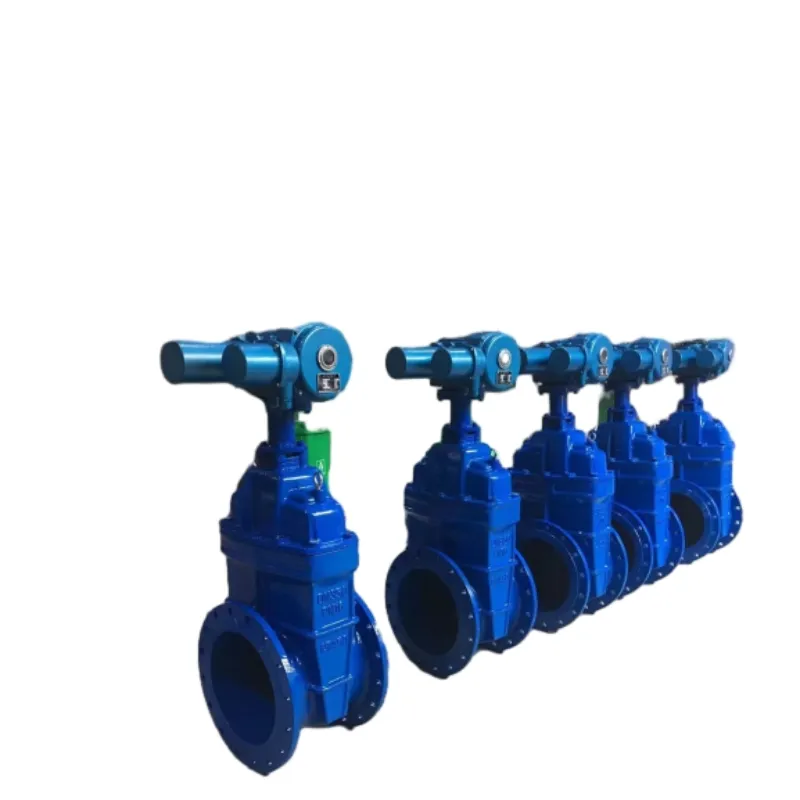Aug . 17, 2024 03:12 Back to list
Understanding Different Types of Check Valves for Various Applications
Understanding Check Valve Types A Comprehensive Overview
Check valves are critical components in many fluid systems, ensuring that fluids flow in one direction and preventing backflow. This simple yet effective design is essential for maintaining the integrity and efficiency of various applications, including water supply systems, oil and gas pipelines, and HVAC systems. There are several types of check valves, each with unique characteristics tailored for specific applications. In this article, we will explore the primary types of check valves, their design features, advantages, and typical uses.
1. Swing Check Valves
Swing check valves are among the most common types. They operate using a hinged disc that swings open when fluid flows in the correct direction. When backflow occurs, the disc swings shut, sealing the valve and preventing reverse flow. Swing check valves are excellent for applications with high flow rates and are typically used in water and sewage systems, as well as in heating systems. Their simple design provides a low-pressure drop, making them efficient for many scenarios.
2. Lift Check Valves
Lift check valves operate differently than swing check valves. They use a vertically moving disc that lifts off its seat to allow fluid flow and then falls back into place to prevent backflow. These valves are suitable for high-pressure applications and can be found in boiler feedwater, hydrocarbon processing, and steam applications. Lift check valves are generally more sensitive to flow rates and are not ideal for low-flow situations due to their tendency to chatter.
check valve types

Ball check valves employ a sphere (the ball) that moves within the valve body to block or allow flow. When fluid enters, the ball lifts off its seat; when back pressure occurs, gravity and flow dynamics bring the ball back to seal the exit. These valves are particularly effective in preventing backflow in smaller lines and are often used in water treatment and chemical processing systems. One of the key advantages of ball check valves is their ability to handle solid particles in the fluid, minimizing blockage risks.
4. Diaphragm Check Valves
Diaphragm check valves utilize a flexible diaphragm to control flow. When fluid flows in one direction, the diaphragm flexes to allow passage; when backflow attempts, the diaphragm seals the passage. These valves are ideal for applications involving slurries and corrosive fluids because they provide excellent sealing without the risk of valve seat wear. Diaphragm check valves are commonly found in pharmaceutical, food processing, and chemical industries.
5. Nozzle Check Valves
Nozzle check valves feature a design that incorporates a nozzle to create a choke effect, typically used in high-flow applications. Fluid flow through the nozzle creates a pressure difference that holds a pilot-operated disc in place, allowing for precise control over flow rates. These valves are widely used in pumping systems and water treatment facilities where maintaining optimal flow dynamics is crucial.
Conclusion
Choosing the right type of check valve is fundamental for ensuring the reliability and efficiency of fluid systems. Swing, lift, ball, diaphragm, and nozzle check valves each offer distinct advantages depending on the specific demands of the application. Factors such as flow rate, pressure, fluid type, and potential for backflow should guide the selection process. By understanding the various check valve types and their operational principles, engineers and system designers can optimize fluid management and enhance system performance.
-
Y Type Strainer Maintains System Efficiency Long TermNewsJul.15,2025
-
Valve Selection Guide for Industrial ApplicationsNewsJul.15,2025
-
Steel Fab Table Provides Durable Work Surface for WeldingNewsJul.15,2025
-
Pad Iron Provides Stable Support for Heavy MachineryNewsJul.15,2025
-
One Inch Check Valve Fits Standard Plumbing SystemsNewsJul.15,2025
-
Measuring Micrometer Ensures Precise Dimensional AccuracyNewsJul.15,2025
Related PRODUCTS









